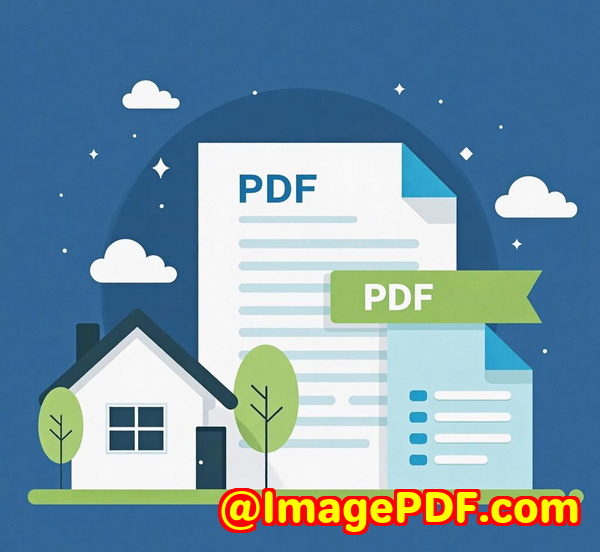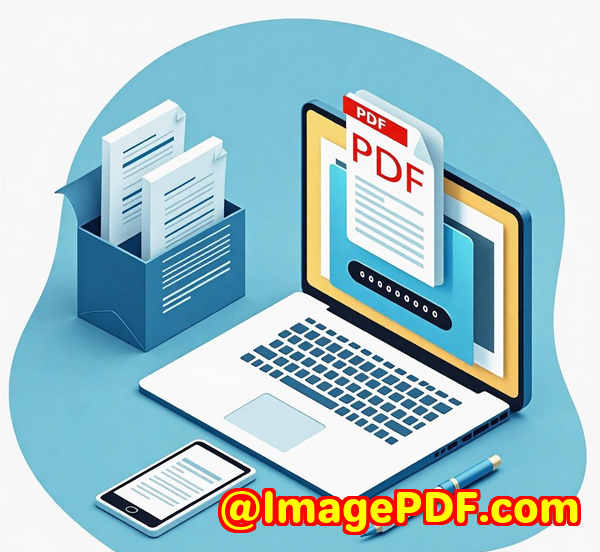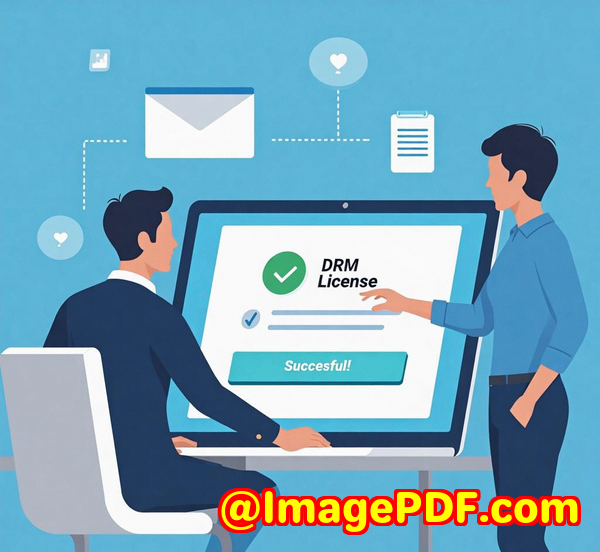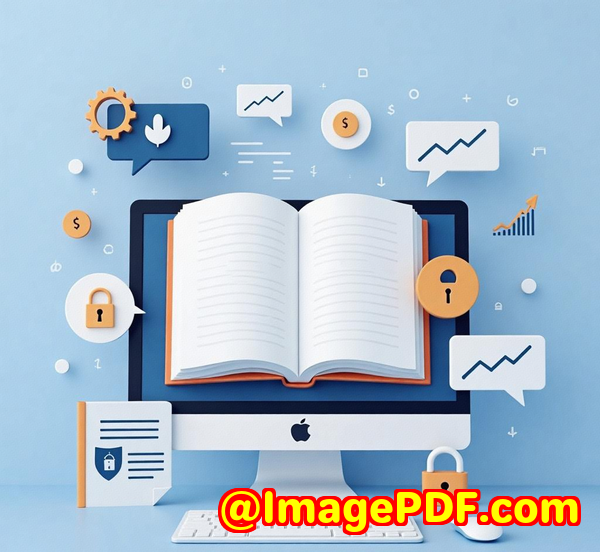Best PDF Table Extraction Tool for Multilingual Research Papers and Academic Use
Best PDF Table Extraction Tool for Multilingual Research Papers and Academic Use
Meta Description:
Need a reliable PDF table extraction tool for multilingual research? Here's how I found the perfect solution using VeryPDF's powerful PDF libraries.
Every time I downloaded a new batch of multilingual academic PDFs, my stomach sank.
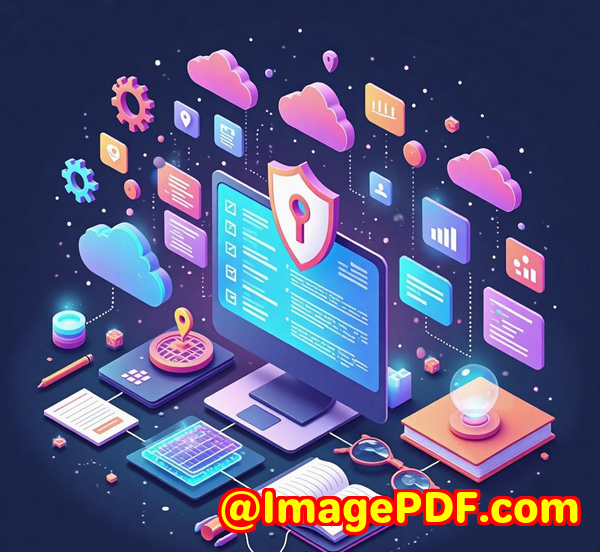
You know that momentdozens of dense, 50+ page research papers, each packed with tables that look extractable until you try.
Standard tools like online converters or free OCR platforms? Total nightmares. Either they butchered the formatting, skipped columns, or just gave up entirely when the text wasn't English.
I needed something serious. Something developer-grade.
That's when I ran into VeryPDF PDF Solutions for Developers.
Let me tell you how this toolkit flipped the scriptand why, if you're dealing with complex multilingual documents or academic research, you need to take this seriously.
What Is VeryPDF PDF Solutions for Developers?
It's a toolkit. But not just any toolkit.
This is a full PDF development SDK and command-line solution stack built for developers and serious document workflows. Think annotations, PDF/A conversion, compression, file merging, digital signatures, searchable OCR, and yestable extraction from multilingual PDFs with pinpoint accuracy.
VeryPDF isn't just built for one use case. It's modular. Flexible. And brutally efficient when you need it to be.
If you're working in academic research, scientific publishing, data archiving, or document automation, this toolkit has your back.
Why I Needed a Serious Table Extraction Tool
Let's cut to the chase.
I was tasked with pulling structured data from hundreds of academic PDFsresearch reports from international universities, papers published in English, French, German, and Japanese. Most of them were scanned or embedded with complex formatting.
Here's the usual pain:
-
Tables aren't consistently structured.
-
Headers are merged across cells.
-
Multilingual fonts confuse OCR.
-
Most tools choke on vertical text or mixed-language rows.
Even big names like Tabula or Adobe Acrobat had major flaws. One slipped up on column alignment. The other struggled with font recognition in Japanese.
How VeryPDF Solved the Problem (And Then Some)
I started with the OCR + PDF/A conversion library from VeryPDF.
1. Searchable PDF Conversion with OCR
-
OCR support for over 20 languages. I didn't have to install extra language packsit worked out of the box for Japanese, French, and even Korean.
-
Accuracy was unreal. It recognized columns and preserved the structure even with rotated text or superscripts.
-
Batch processing made it possible to extract data from hundreds of documents in one go.
I ran OCR on all scanned papers. Boomsearchable, structured PDFs.
2. PDF/A Validation and Archival
Academic work needs to be preserved. Many of these files will be accessed again and again for years.
-
The tool converted all my documents into PDF/A-3 format with proper metadata.
-
It kept tables clean and extractable, which is often where other converters fall flat.
-
Bonus? It reduced the file size massively with lossless compression while keeping charts sharp.
3. PDF Table Extraction the Smart Way
While VeryPDF doesn't market a standalone "table extractor," the combination of OCR, layout analysis, and conversion accuracy makes it ideal for this task.
Here's what I did:
-
Used the layout analysis features to detect table boundaries.
-
Exported tables to Excel using OCR output, retaining multilingual headers and cell structure.
-
Cleaned up columns using a custom script (since the structure was 90% intact).
This approach destroyed the chaos. Multilingual columns? Handled. Weird spacing or split cells? Rare.
If you've ever fought with misaligned data from scanned tablesyou'll get why this was such a breakthrough.
Features That Really Stood Out
Let's talk features that actually made a difference.
Multilingual OCR Support
This was huge. No need to download or configure obscure language fileseverything from Arabic to Japanese was built in.
It even handled mixed-language tables like a champ.
Batch Processing That Works
Academic work means volume. With VeryPDF, I ran batch OCR, batch conversions, and even batch table exportsall from the command line.
Set it. Run it. Done.
PDF/A Validation + Compression
Perfect for long-term storage or sharing research papers with strict archival requirements.
The files ended up smaller, cleaner, and more usable than the originals.
Developer-First Architecture
You get command-line tools, APIs, and SDKs. Integrate it into existing workflows or build custom data extraction solutions.
This isn't some drag-and-drop gimmick. It's for people who need precision and power.
Other Tools I Tried (And Why They Didn't Work)
Tabula
Great for simple tables. But it chokes on:
-
Non-English characters
-
Scanned documents
-
Mixed table structures
Online OCR tools
Security nightmare. Also:
-
No batch processing
-
Formatting loss
-
No PDF/A support
Adobe Acrobat Pro
It's not bad, but:
-
Too manual
-
Expensive
-
Still struggled with Japanese and Korean text
VeryPDF crushed them all in consistency, scale, and multilingual accuracy.
Who Should Use This?
If you're in any of the following roles, VeryPDF will save your sanity:
-
Academic researchers dealing with papers in multiple languages
-
Data scientists cleaning datasets from scientific PDFs
-
Archivists converting legacy documents to searchable format
-
Librarians managing scanned reports and research articles
-
Government analysts who need OCR + structured data extraction
Whether you're solo or running a team, if your job touches large, messy, multilingual PDFs, you'll thank yourself for switching to this.
Final Thoughts
I've tried a lot of PDF tools. Most promise clean results, but they crumble when real-world documents hit the tableespecially if they're scanned or multilingual.
VeryPDF was the first tool that didn't flinch.
It turned weeks of work into hours, handled batch multilingual documents without breaking a sweat, and actually produced usable outputs I didn't have to "fix" afterward.
I'd recommend it to anyone working with academic PDFs or research-heavy workflows.
Start your trial now and stop fighting bad tools:
Custom Development Services by VeryPDF.com Inc.
Need something beyond the standard toolkit?
VeryPDF offers full-scale custom development services across Linux, macOS, Windows, and mobile environments. Whether you're building a PDF automation platform, OCR engine, or printer monitoring solutionthey've done it all.
From low-level Windows API hooking, to advanced font handling, barcode recognition, and PDF/A archival, they cover nearly every edge case in the document processing world.
They also create:
-
Windows Virtual Printer Drivers
-
OCR + Table Extraction Workflows
-
File Monitoring and PDF Security Layers
-
Cloud-hosted Document Conversion Tools
-
Custom Layout Engines and PDF/Office Integration
If you've got a document problem, they've likely solved it before.
Get in touch with the support team at https://support.verypdf.com/ to talk about your custom project.
FAQ
1. Can VeryPDF extract tables from scanned multilingual PDFs?
Yes, using the OCR + layout features, you can accurately extract tableseven in Japanese, French, or mixed-language documents.
2. Is batch processing supported?
Absolutely. VeryPDF's command-line tools and SDKs support full-scale batch processing of OCR, conversions, and compression.
3. Can I convert academic papers to PDF/A for archival?
Yes. PDF/A-1, A-2, and A-3 conversions are supported, along with metadata preservation and compliance checks.
4. Does it work on Linux or server environments?
Yes. VeryPDF's tools support cross-platform use, including Linux and Windows server setups.
5. Is there a way to export tables directly to Excel?
Yes, after OCR and layout analysis, tables can be exported to Excel formats using structured output settings.
Tags or Keywords
-
PDF table extraction for research
-
OCR academic PDF tool
-
Multilingual PDF OCR
-
PDF/A for academic papers
-
PDF tools for researchers
-
Batch PDF processing
-
PDF to Excel academic tool
-
OCR for scanned tables
-
Extract tables from multilingual PDF
-
Best PDF extraction SDK
